
Brian Wilson Aldiss was an English writer, artist and anthology editor, best known for science fiction novels and short stories. His byline reads either Brian W. Aldiss or simply Brian Aldiss, except for occasional pseudonyms during the mid-1960s.
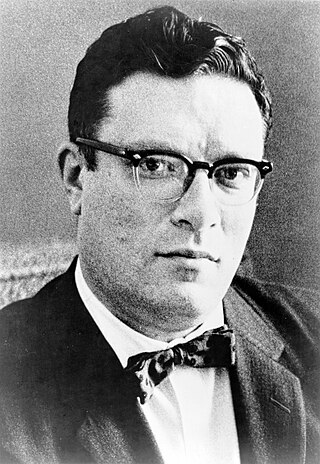
Isaac Asimov was an American writer and professor of biochemistry at Boston University. During his lifetime, Asimov was considered one of the "Big Three" science fiction writers, along with Robert A. Heinlein and Arthur C. Clarke. A prolific writer, he wrote or edited more than 500 books. He also wrote an estimated 90,000 letters and postcards. Best known for his hard science fiction, Asimov also wrote mysteries and fantasy, as well as popular science and other non-fiction.

Stanisław Herman Lem was a Polish writer of Jewish descent. He was the author of many novels, short stories, and essays on various subjects, including philosophy, futurology, and literary criticism. Many of his science fiction stories are of satirical and humorous character. Lem's books have been translated into more than 50 languages and have sold more than 45 million copies. Worldwide, he is best known as the author of the 1961 novel Solaris. In 1976 Theodore Sturgeon wrote that Lem was the most widely read science fiction writer in the world.
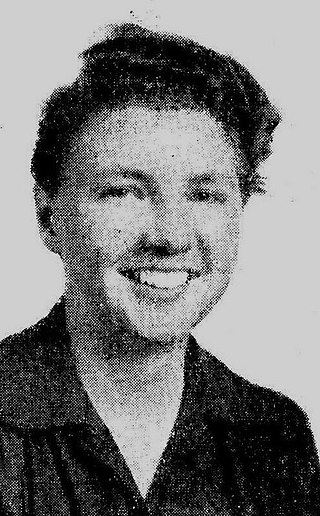
Leigh Douglass Brackett was an American author and screenwriter. Nicknamed "the Queen of Space Opera," she was one of the most prominent female writers during the Golden Age of Science Fiction. As a screenwriter, she was best known for her collaborations with director Howard Hawks, mainly writing Westerns and crime films. She also worked on an early draft of The Empire Strikes Back (1980), elements of which remained in the film; she died before it went into production.

Raymond Henry Williams was a Welsh socialist writer, academic, novelist and critic influential within the New Left and in wider culture. His writings on politics, culture, the media and literature contributed to the Marxist critique of culture and the arts. Some 750,000 copies of his books were sold in UK editions alone, and there are many translations available. His work laid foundations for the field of cultural studies and cultural materialism.
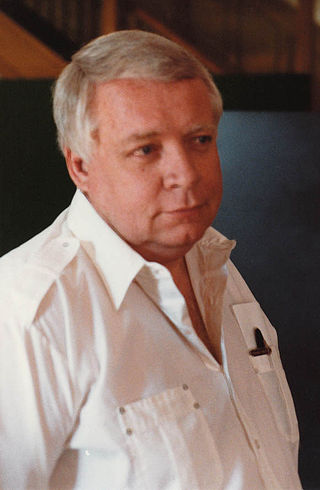
Algirdas Jonas "Algis" Budrys was a Lithuanian-American science fiction author, editor and critic. He was also known under the pen names Frank Mason, Alger Rome in collaboration with Jerome Bixby, John A. Sentry, William Scarff and Paul Janvier. In 1960 he wrote Rogue Moon, a novel. In the 1990s he was the publisher and editor of the science-fiction magazine Tomorrow Speculative Fiction.
Marge Piercy is an American progressive activist, feminist, and writer. Her work includes Woman on the Edge of Time; He, She and It, which won the 1993 Arthur C. Clarke Award; and Gone to Soldiers, a New York Times Best Seller and a sweeping historical novel set during World War II. Piercy's work is rooted in her Jewish heritage, Marxist social and political activism, and feminist ideals.
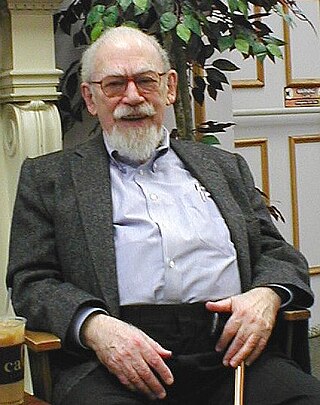
William Tenn was the pseudonym of Philip Klass, a British-born American science fiction author, notable for many stories with satirical elements.
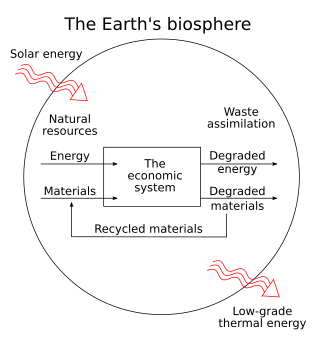
Herman Edward Daly was an American ecological and Georgist economist and professor at the School of Public Policy of University of Maryland, College Park in the United States, best known for his time as a senior economist at the World Bank from 1988 to 1994. In 1996, he was awarded the Right Livelihood Award for "defining a path of ecological economics that integrates the key elements of ethics, quality of life, environment and community."
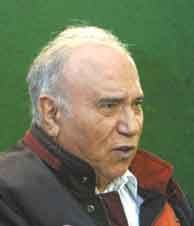
Ali Mohammad Afghani is an Iranian writer. His father is from Tiran and Karvan, one of the counties of Isfahan province.

Garrett James Hardin was an American ecologist and microbiologist. He focused his career on the issue of human overpopulation, and is best known for his exposition of the tragedy of the commons in a 1968 paper of the same title in Science, which called attention to "the damage that innocent actions by individuals can inflict on the environment". He is also known for Hardin's First Law of Human Ecology: "We can never do merely one thing. Any intrusion into nature has numerous effects, many of which are unpredictable."
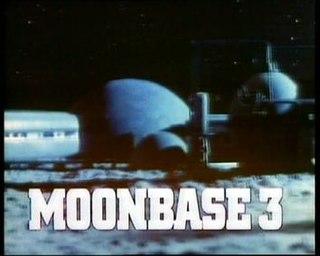
Moonbase 3 is a British science fiction television series that ran for six episodes in 1973. It was a co-production between the BBC, 20th Century Fox and the American ABC network. Created by Doctor Who producer Barry Letts and script editor Terrance Dicks as a realistic alternative strand of TV science-fiction, it was not a commercial or critical success.
Khalil Rza Uluturk, was an Azerbaijani poet.

Sir Arthur Charles Clarke was a British science fiction writer, science writer, futurist, inventor, undersea explorer, and television series host.
Romanian science fiction began in the 19th century and gained popularity in Romania during the second half of the 20th century. While a few Romanian science fiction writers were translated into English, none proved popular abroad.

The Discontinuity Guide is a 1995 guidebook to the serials of the original run (1963–1989) of the BBC science fiction series Doctor Who. The book was written by Paul Cornell, Martin Day and Keith Topping and was first published as Doctor Who - The Discontinuity Guide on 1 July 1995 by Virgin Books.

The Eighteenth Brumaire of Louis Napoleon is an essay written by Karl Marx between December 1851 and March 1852, and originally published in 1852 in Die Revolution, a German monthly magazine published in New York City by Marxist Joseph Weydemeyer. Later English editions, such as the 1869 Hamburg edition with a preface by Marx, were entitled The Eighteenth Brumaire of Louis Bonaparte. The essay serves as a major historiographic application of Marx's theory of historical materialism.
This is a list of works by Gene Wolfe, an American author of science fiction and fantasy, with a career spanning six decades.

Ag Apolloni is an Albanian writer, poet, playwright, scholar, and essay writer. He is a professor at the University of Prishtina, Kosovo. His literary works are widely acclaimed for their dramatic dimension, philosophical treatment, and critical attitude towards history, politics, and society.















